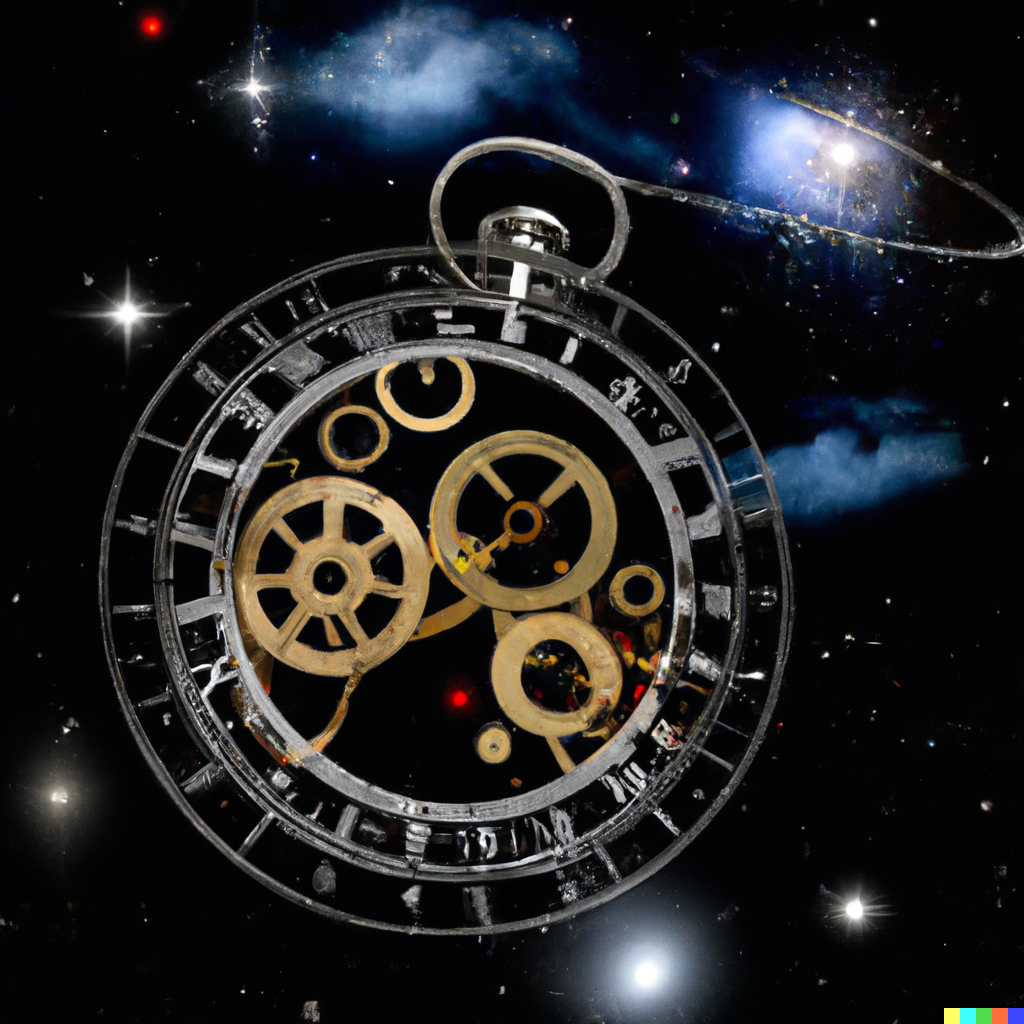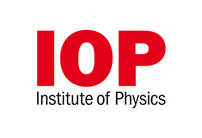SIMULATING ANCIENT AND MEDIEVAL ASTRONOMICAL MEASUREMENTS WITH STELLARIUM
All materials are based on the Stellarium software and have been designed by Dr Vassilios Spathopoulos who was generously funded by the Anthony Waterhouse Fellowship scheme of the Institute of Physics, UK. Before checking out the activities please have a look at the Introduction, here.
All materials are licensed under a Creative Commons Attribution 4.0.
Here is a list of the activities:
The first eight activities are based on observations and measurements of the ancient Greeks, the ninth on eclipse predictions made by the ancient Babylonians, the tenth and eleventh on achievements of the medieval Islamic astronomers, the twelfth activity is based on achievements of both medieval Islamic and Chinese observers, the thirteenth one is based on observations made by the Chinese and the final one on measurements of an Indian astronomer.
Some journal publications and conference presentations relating to this project can be found here:
For a quick preview of some of the activities have a look at the following videos. You can view the simulation of some of the measurements performed by the ancient Greeks and observations made by medieval astronomers.
All materials are licensed under a Creative Commons Attribution 4.0.
Here is a list of the activities:
- Astronomy and the Odyssey
- Estimating the circumference of the Earth (Eratosthenes)
- Estimating the circumference of the Earth (Posidonius)
- Estimating the distance to the Sun (Aristarchus)
- Estimating the size of the Moon (Aristarchus)
- Estimating the distance to the Moon (Hipparchus)
- Measuring longitude difference with the eclipse of Alexander the Great
- Journey of Pytheas
- Babylonian cycles
- Determining the direction to Mecca
- Great Conjunction of 1166 CE
- Observation of medieval supernovas
- Chinese pole star
- Sidereal day of Aryabhata
The first eight activities are based on observations and measurements of the ancient Greeks, the ninth on eclipse predictions made by the ancient Babylonians, the tenth and eleventh on achievements of the medieval Islamic astronomers, the twelfth activity is based on achievements of both medieval Islamic and Chinese observers, the thirteenth one is based on observations made by the Chinese and the final one on measurements of an Indian astronomer.
- Featured on the Institute of Physics website: "A scientific journey into the past".
- Several activities featured in the OpenStax Astronomy online textbook website used in over 1,300 classrooms around the world. You can download the Compilation of Free Astronomy Lab Activities, here!
Some journal publications and conference presentations relating to this project can be found here:
- Spathopoulos, V. M., “A set of student activities for the simulation of ancient and medieval astronomical observations”, Phys. Educ. 56 (2021)
- Spathopoulos, V. M., “Using freeware planetarium software to simulate the astronomical measurements of ancient Greeks”, Phys. Educ. 55 (2020)
- Spathopoulos, V.M., “Student activities using Stellarium to reproduce measurements made by ancient and medieval astronomers”, Global Hands-On Universe, Virtual Conference, August 2020.
- Spathopoulos, V.M., “Historical astronomical measurements with Stellarium”, Astronomical Society of the Pacific, Virtual Conference, December 2020.
- Spathopoulos, V.M., “Stellarium based activities reproducing ancient and medieval astronomical measurements”, International Astronomical Union Symposium, Virtual Meeting, December 2020.
For a quick preview of some of the activities have a look at the following videos. You can view the simulation of some of the measurements performed by the ancient Greeks and observations made by medieval astronomers.


